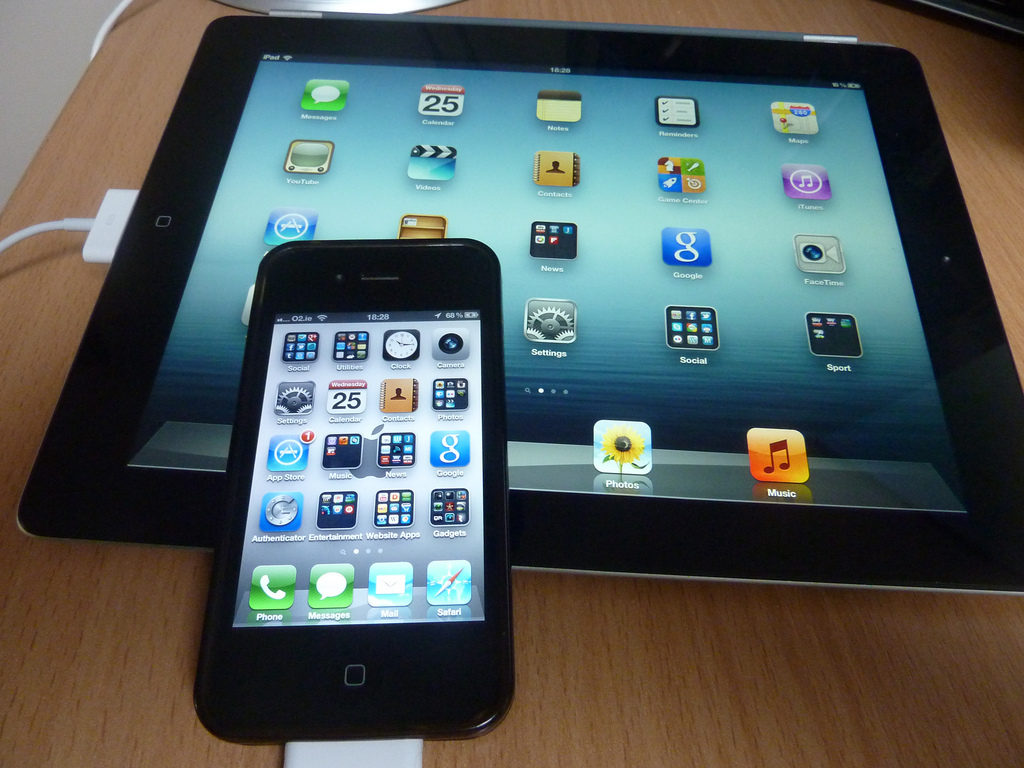Top Mobile Commerce Trends Shaping Your Business
Recent mobile commerce trends are hinting at exponential market segment growth in the coming years. According to Goldman Sachs as published in The Atlantic, the total amount of online commerce reported in 2013 ($638 billion) will be closely equivalent to the estimated total mobile commerce in 2018.
Some major retailers are already seeing their mobile sales surpass traditional online sales. Gibu Thomas, senior vice president of mobile and digital for Walmart.com, told The Atlantic that more than half of the visits to his site last year came via mobile devices.
As smartphones and tablets evolved in the past decade, so has the need for optimized mobile websites and apps to accomodate the increase in online traffic. Here are four m-commerce trends to keep in mind when formulating your online strategy.
1. Increased ownership of smartphones and tablets
According to the Pew Research Center, about 58 percent of adult Americans own a smartphone, up from 35 percent in 2011. Tablet usage is at 42 percent, up from 10 percent in 2011.
Smartphones and tablets are multi-platform, which means that they may render website content differently based on operating system. With the added complication of including horizontal and vertical website orientations, it's always good practice to conduct quality assurance test-drives of your site across multiple devices to make sure it displays properly for all consumers.
2. For mobile-first design, less is more
User demand for a good experience is pushing Web design toward a simplistic approach. While the bells and whistles of a more complex design may seem like the obvious choice for capturing a user's attention, a 2012 study conducted by Google and the University of Basel in Switzerland found that visual complexity lowers the appeal of a website to a user. Additionally, a less graphically intense website will load faster across platforms — especially important when, as found in a 2009 Akamai study - 40 percent of users will leave a site if it takes more than three seconds to load. One increasingly popular method for addressing this is a "mobile first" approach, wherein a basic layout of your new website is created for mobile before scaling up the design for larger screens.
3. The rise of omni-channel marketing
Your mobile site can be complemented by an omni-channel communications approach. One method is through in-store inventory. According to Forrester, 71 percent of consumers now expect the ability to view in-store inventory online. To address this, you could create an app for customers to check inventory in advance of or during their shopping at your brick-and-mortar location. Forrester reports that brand awareness is increased by broadcasting across numerous interconnected channels, which can result in less channel conflict and greater conversions into sales.
4. The ever-increasing risk of fraud
According to CyberSource Corp, total online revenue lost to fraud increased from $3.4 billion in 2011 to $3.5 billion in 2013. Given the rise of online fraud, it's unsurprising that three in four consumers are concerned about mobile security, as noted in a Jumio Mobile Commerce Insights 2013 report. Reassure consumers by prominently displaying the logos of your secure systems providers and by creating a simple buying process. Provide a checkout screen that tells buyers that their purchase is being processed securely followed by an e-mail invoice. You can also use payment systems like Paypal to facilitate more reliable transactions.
By incorporating these business practices and continuing to stay on top of the latest mobile commerce trends, you can create a mobile platform for consumers that inspires confidence and brand loyalty.
Image source: Flickr
[cf]skyword_tracking_tag[/cf]
Recommended for you


